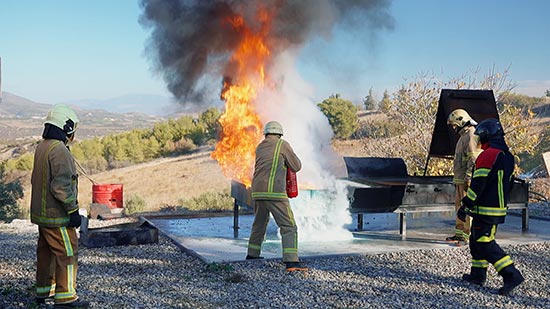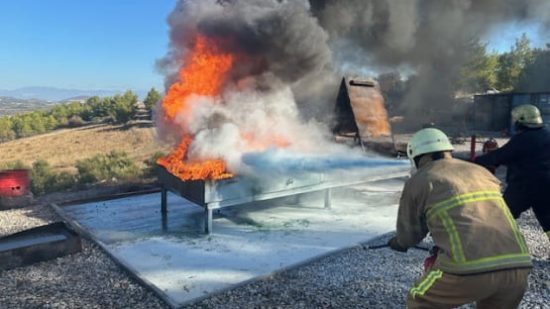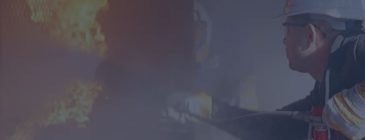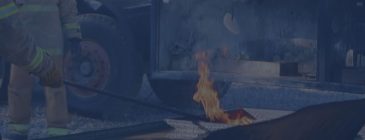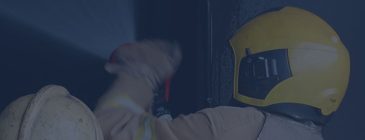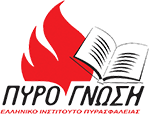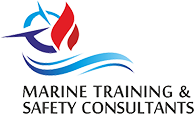Leveraging extensive experience in maritime training (transportation and storage of liquid fuels), we developed a specialized training program addressing the handling of such fuels during firefighting operations and familiarization with firefighting equipment and materials.
Course
Objectives
- Ensure the initial handling of flammable liquid leaks and their safe containment
- Understand the spread of liquid fuel fires
- Comprehend the methods and equipment required for their immediate suppression
The liquid fuel firefighting training program equips participants with the essential knowledge and required skills for extinguishing and handling such fires, enhancing the safety and effectiveness of those involved.
The course is addressed to:
- Officers and Non-Commissioned Officers of the Fire Brigade.
- Professional firefighters of all ranks.
- Volunteer firefighters of the Fire Brigade.
- Private firefighters and leaders of firefighting teams in high-risk facilities and industries.
- Heads and deputy heads of fire safety teams according to Fire Regulation No. 14/14.
Course
Theory
The theoretical part of the program covers:
- The causes of such fires (e.g., flashpoint, auto-ignition, etc.).
- Conditions leading to the creation of explosive atmospheres due to leaks or improper handling of liquid fuels (Upper Explosive Limit – UEL, Lower Explosive Limit – LEL).
- Fire extinguishing materials, their mechanisms of action, and proper usage (e.g., dry powder, foam materials, fire blankets).
- Firefighting equipment and their combinations as applicable (e.g., fire extinguishers, water mist systems).
- Approaching techniques for extinguishing this type of fire.
- Use of water-based firefighting systems and foam production equipment.
- Critical phenomena associated with these fuels, such as Boilover, Slopover, and Frothover.
Course
Practice
During the practical exercises, participants practice liquid fuel fire extinguishing in the training field:
- Fires of varying intensity and spread levels, using dry powder and CO2 extinguishers, both individually and in pairs.
- Leak-related fires from elevated points (slopover), using dry powder extinguishers.
- Fires extinguished with a combination of water and dry powder.
- Fires extinguished using foam production systems.
- Fires in metal containers (barrels), using fire blankets.

